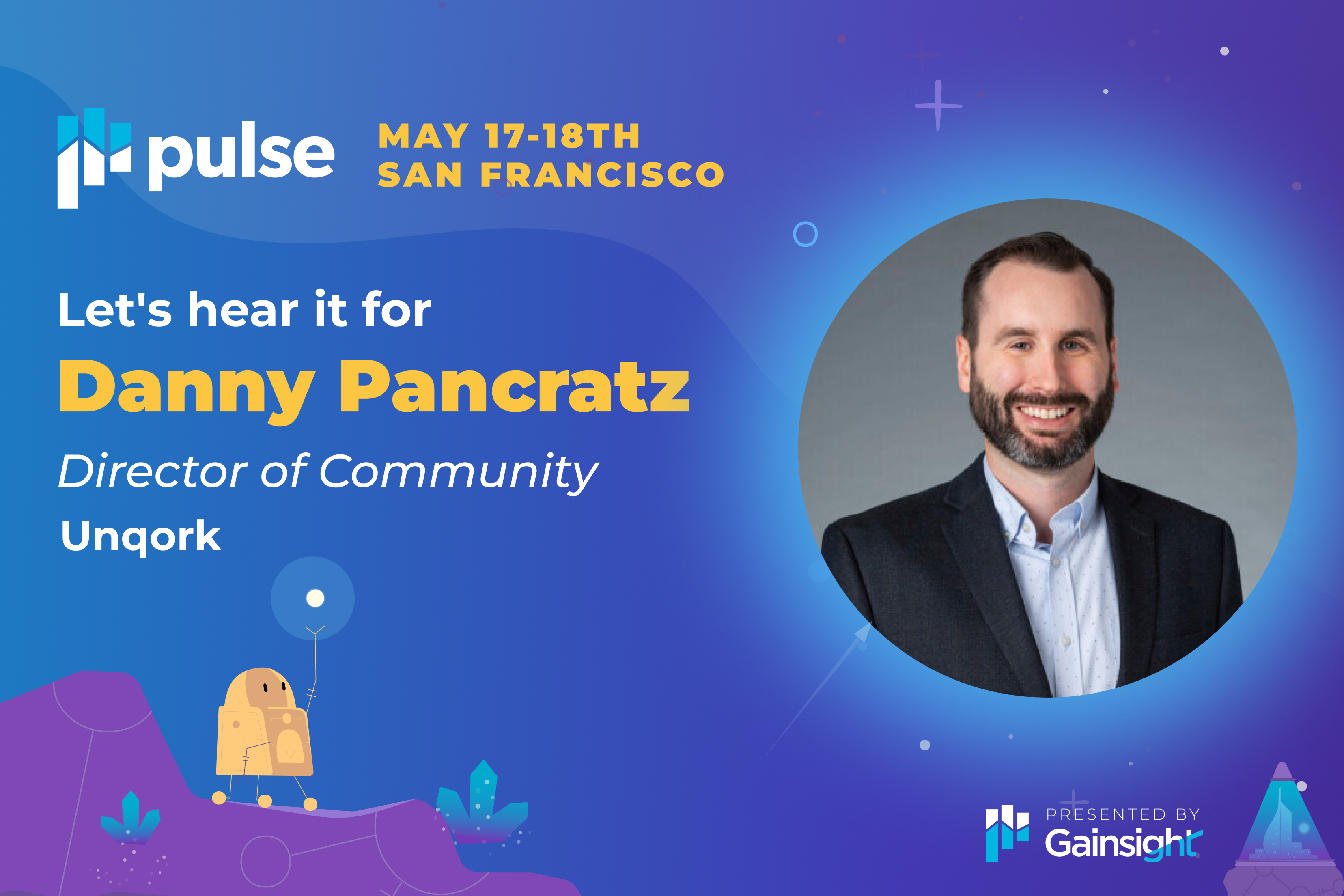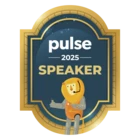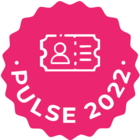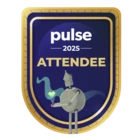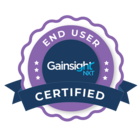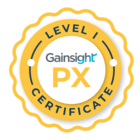👋 Hi, I’m new here, but I’m very active over on InSpired, the customer community for Insided by Gainsight.
I’m excited to attend Pulse for the first time this year and honored to present in the community track.
In my session, I’ll be sharing my POV that B2B and B2C communities are products and that they benefit from leveraging product management principles that strengthen your strategy and scale your community operations. Learn about Jobs-to-be-Done, the Product Canvas, and other techniques I have used to unlock the ability to scale via community, even as a team of one.
Level up Your Community Strategy and Operations
with Product Management Principles
11:30 AM-12:15 PM on May 17
About me: More than a decade in community management leadership positions in the tech industry, including communities related to SAP, Google Cloud, and (currently) Unqork.
